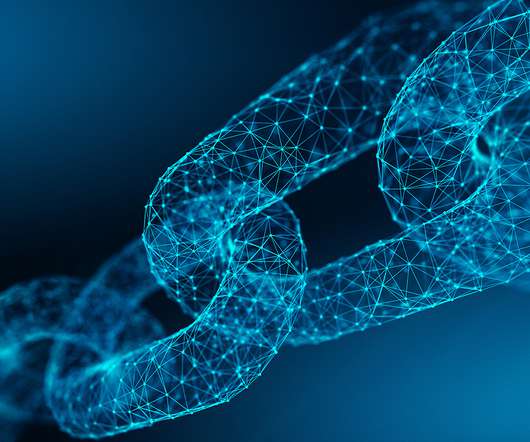5 API Vulnerabilities That Get Exploited by Criminals
Security Affairs
NOVEMBER 22, 2022
And as these businesses work towards building robust security strategies, it’s vital that they account for various threat vectors and vulnerabilities. APIs have unique threat implications that aren’t fully solved by web application firewalls or identity and access management solutions. Broken Object Level Authentication (BOLA).












Let's personalize your content